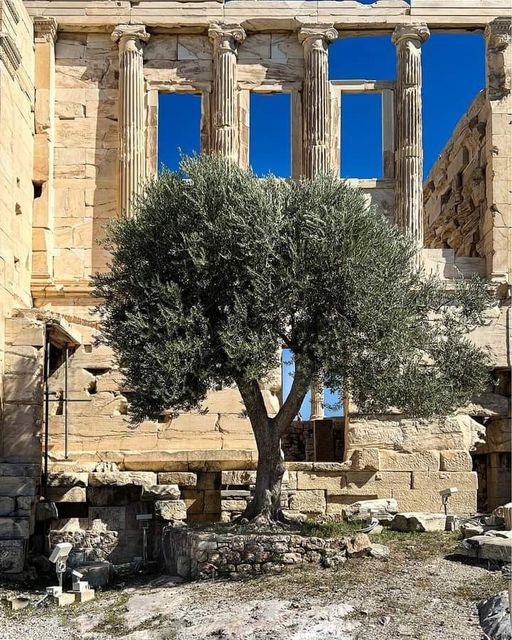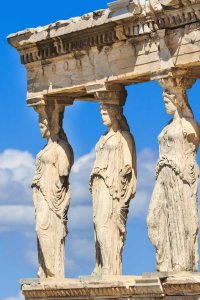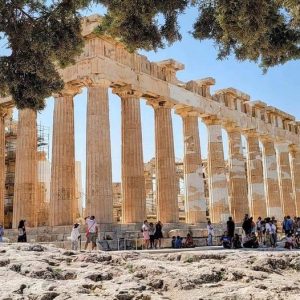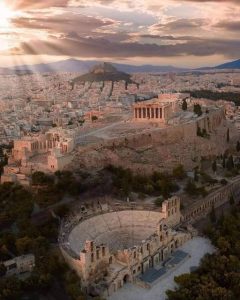Nestled against the weathered stones of the Erectheion on the historic grounds of the Acropolis, stands a remarkable olive tree that is steeped in legend and lore. This tree is not just a natural wonder but is also intertwined with the mythical fabric of Athens, believed to have direct links to the goddess Athena herself. According to ancient myths, this very spot marks where Athena planted the original olive tree, symbolizing peace and prosperity for the city she favored.

A Symbol of Divine Legacy
The olive tree by the west porch of the Erectheion is more than a mere botanical resident of the Acropolis; it is a living symbol of Athens’ ancient heritage. Legend has it that during Athena’s contest with Poseidon to claim the city, Athena gifted the olive tree to the Athenians as a token of her goodwill and a practical emblem of wealth and sustenance. The tree today is seen as a descendant of that mythical olive, making it a profound link between the city’s past and present.
The Erectheion and Its Historical Context
The Erectheion, where the olive tree stands, is an architectural marvel of its own. This ancient Greek temple, constructed between 421 and 406 BCE, was dedicated to both Athena and Poseidon and is renowned for its Caryatids—sculpted female figures serving as architectural supports. The presence of the olive tree adjacent to such significant historical narratives adds a layer of depth to the temple’s already rich historical tapestry.
Visiting the Sacred Tree
For visitors to the Acropolis, the olive tree offers a unique connection to the mythological and real history of Athens. It serves as a living reminder of the city’s ancient religious traditions and their enduring presence in the modern world. Tourists are encouraged to view the tree not only as a part of their sightseeing itinerary but as a vital piece of the celestial heritage of the Acropolis.
Conservation Efforts
Preserving such a historically significant tree involves meticulous care and attention. Conservationists and historians at the Acropolis ensure that the olive tree, along with the ancient structures around it, are maintained with the utmost respect and expertise. This includes regular monitoring and the use of traditional gardening techniques to keep the tree healthy and safeguarded against the elements.
The olive tree by the Erectheion on the Acropolis is a silent witness to centuries of human history, mythology, and evolution. It stands as a symbol of Athena’s enduring legacy, a protector of the city, and a testament to the deep roots that history has in the natural world. Visitors to the Acropolis are witnessing not just a tree, but a pivotal piece of the ancient world, continuing to thrive in the heart of modern Athens.








